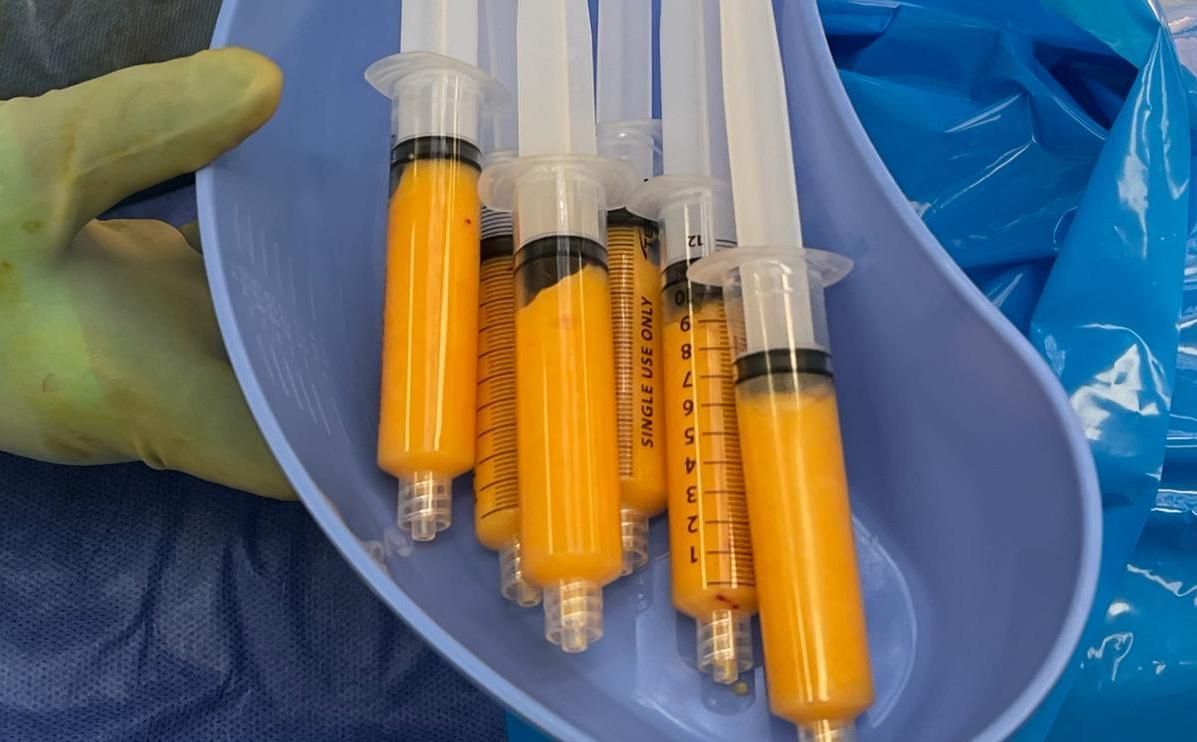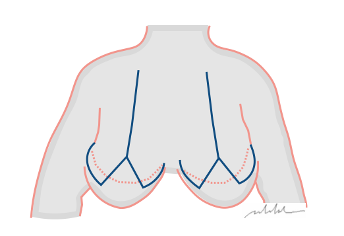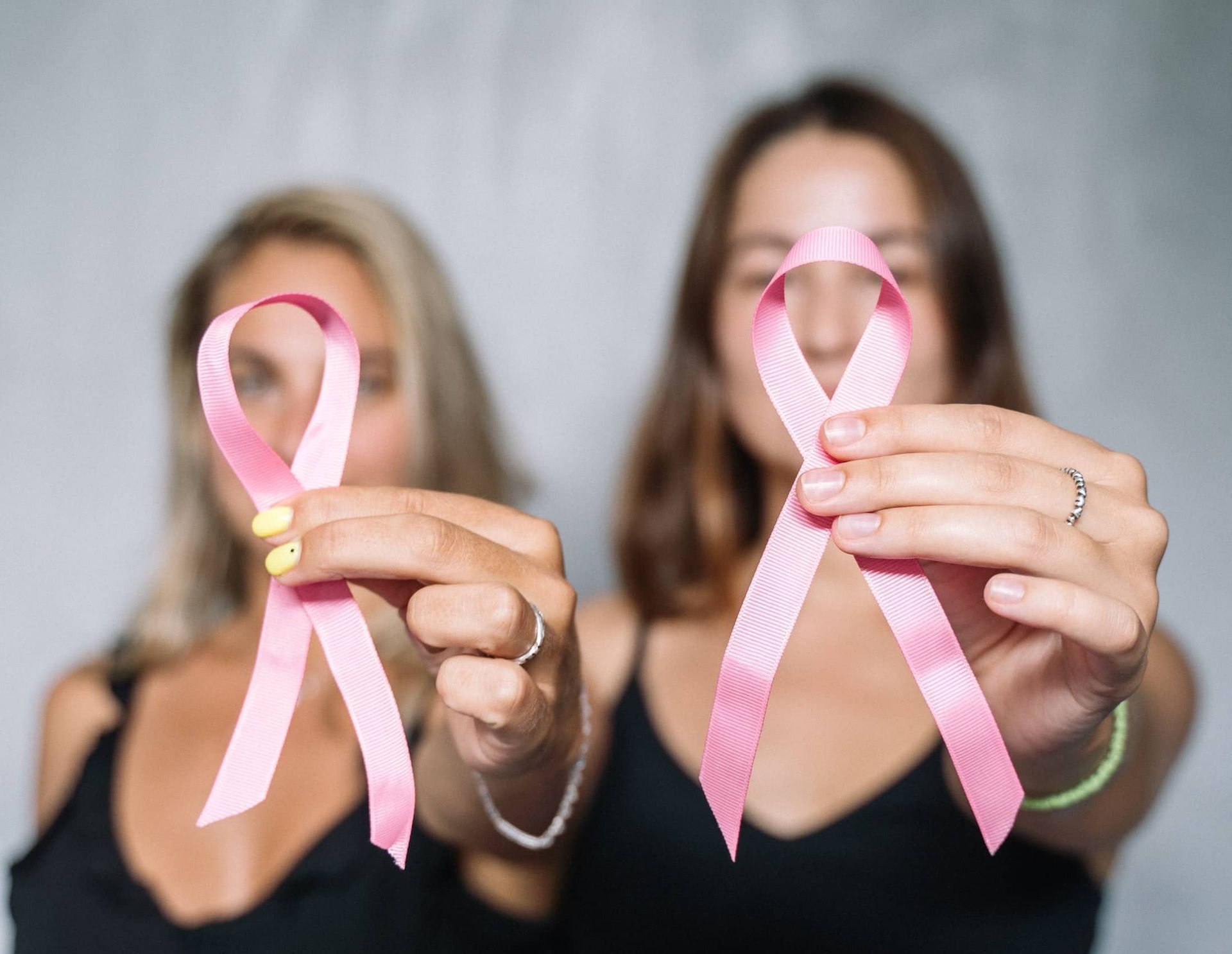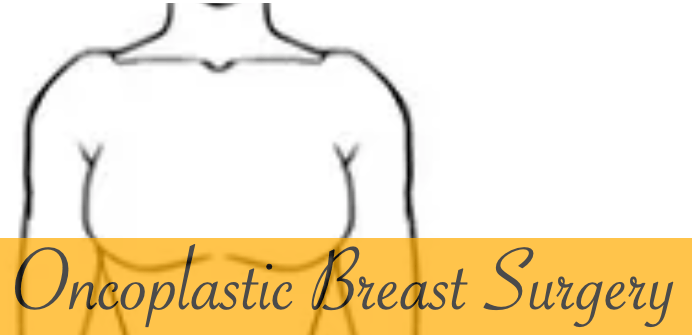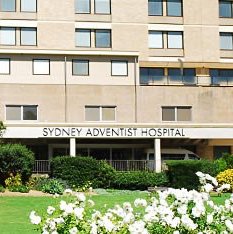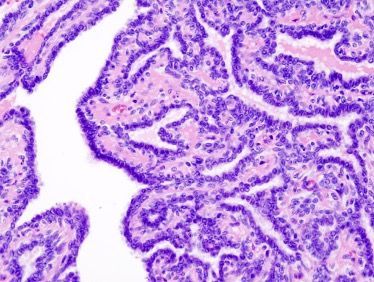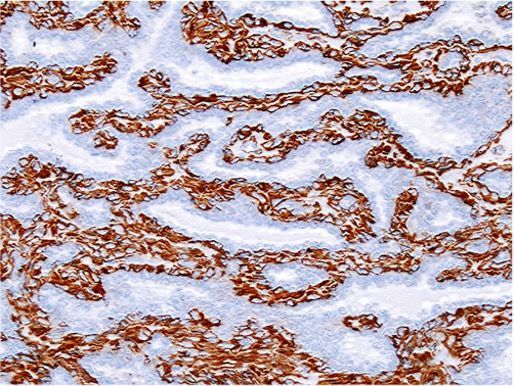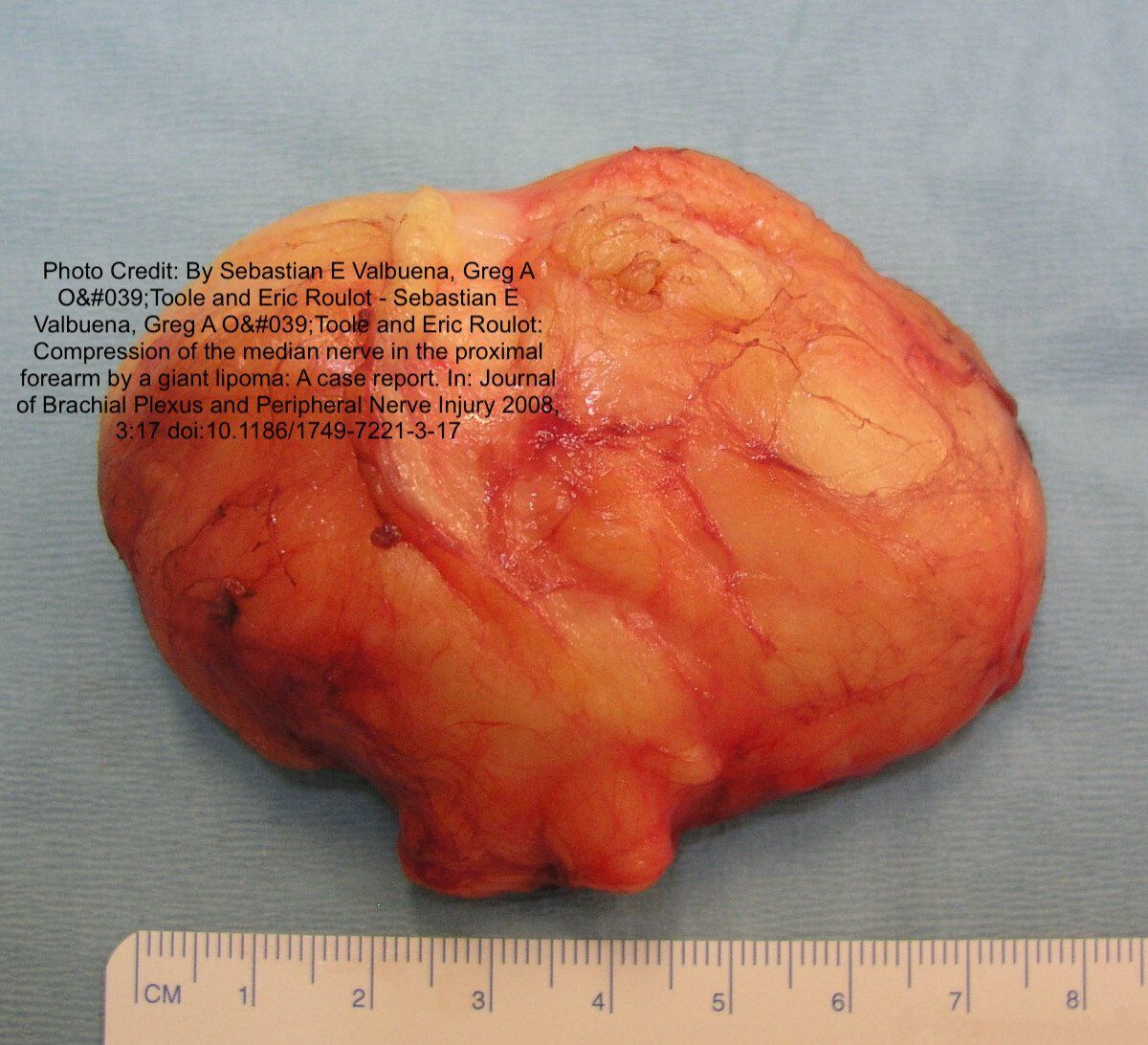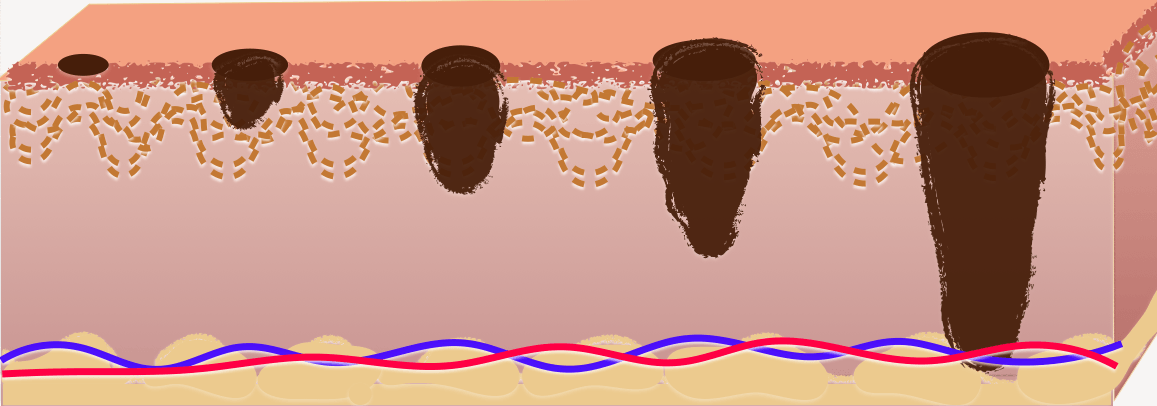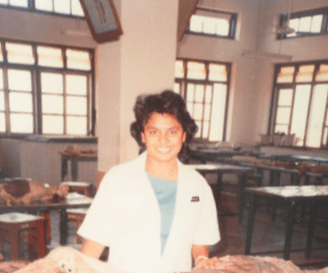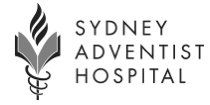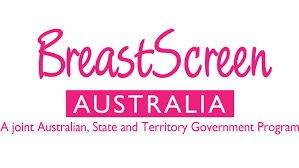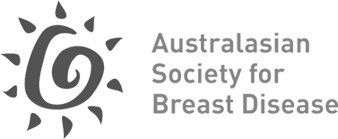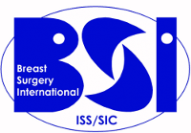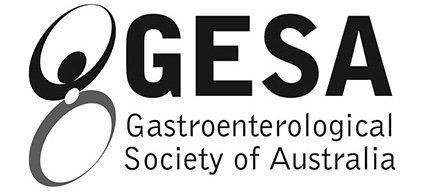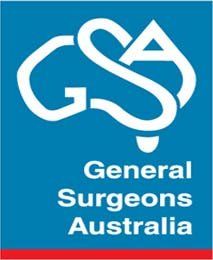Nipple Discharge
Nipple Discharge
What is Nipple Discharge?
Nipple discharge refers to the presence of fluid coming out of the nipple. It can be caused by a variety of factors, including hormonal changes, infection, injury, or breast cancer. The discharge can be unilateral (from one breast) or bilateral (from both breasts) and may vary in colour and consistency.
What is normal Milky discharge?
What is the difference between Unilateral or Bilateral nipple discharge?
Nipple discharge can occur from one breast (unilateral) or both breasts (bilateral). Unilateral nipple discharge is more concerning and may indicate the presence of a breast lump or cancer. Bilateral nipple discharge is often due to a benign cause, such as hormonal changes or medication use.
What is Clear Nipple Discharge?
Clear nipple discharge is usually not a cause for concern and is often due to hormonal changes. It may also be caused by medication use, pregnancy, or breastfeeding. However, clear nipple discharge can sometimes be a sign of breast cancer or a benign breast condition, so further evaluation is recommended if it persists.
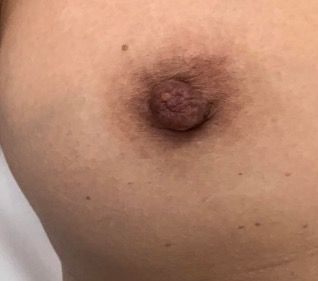
What is Brown nipple discharge?
Brown nipple discharge can be a sign of a benign breast condition, such as a papilloma or fibrocystic changes. It can also be a sign of breast cancer. Brown nipple discharge is more concerning if it is associated with a breast lump or if it is bloody.
What is Black nipple discharge?
Black nipple discharge is uncommon but can be a sign of a rare condition called mammary duct ectasia. This condition occurs when the milk ducts in the breast become inflamed and clogged. Mammary duct ectasia can cause a thick, black, or greenish discharge from the nipple.
What is Bloody nipple discharge?
Bloody nipple discharge is a concerning symptom and may indicate the presence of breast cancer. It can also be caused by a benign breast condition, such as a papilloma or fibrocystic changes. If the discharge is persistent or occurs spontaneously, further evaluation is necessary.
What if there is an associated with Pain or Breast Lump?
Nipple discharge that is associated with pain or a breast lump is more concerning and may indicate the presence of breast cancer. It is important to seek medical attention if you notice any of these symptoms.
What are the Investigations including Imaging?
Evaluation of nipple discharge typically includes a physical examination, imaging studies (such as a mammogram or breast ultrasound), and possibly a biopsy of the breast tissue. These tests can help determine the underlying cause of the discharge and whether it is benign or malignant.
Management and Surgery:
The management of nipple discharge depends on the underlying cause. If the discharge is due to a benign condition, such as hormonal changes or medication use, it may not require any treatment. If the discharge is persistent or associated with a breast lump or cancer, surgery may be necessary. Surgery may involve removal of the breast tissue (mastectomy) or removal of the milk ducts (microdochectomy).
References:
- American Cancer Society. Nipple Discharge. https://www.cancer.org/cancer/breast-cancer/non-cancerous-breast-conditions/nipple-discharge.html
- Mayo Clinic. Nipple Discharge. https://www.mayoclinic.org/symptoms/nipple-discharge/basics/causes/sym-20050947
- Kessler E, Winters R, Fahey V, et al. Management of nipple discharge and the associated imaging findings. AJR Am J Roentgenol. 2021;216(4):925-935. doi: 10.2214/AJR.20.23918 kjdabv
Social Listings
